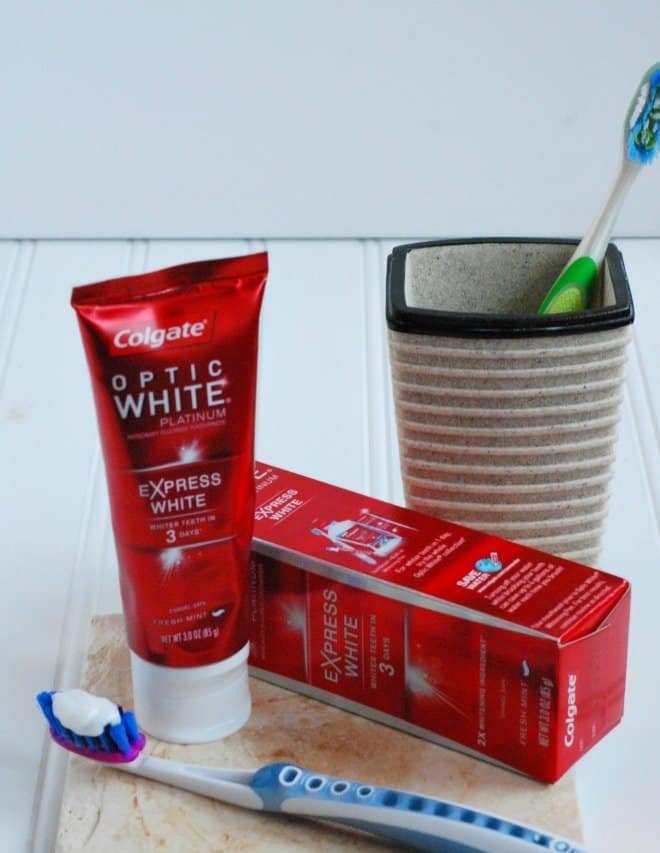How To Remove Plaque? Best Tooth Tool Guide

Removing plaque from teeth is an essential part of maintaining good oral hygiene. Plaque is a sticky film of bacteria that can cause cavities, gum disease, and other oral health issues if not removed regularly. In this comprehensive guide, we will explore the best tooth tools and techniques for removing plaque effectively.
Understanding Plaque Formation
Before diving into the removal methods, it’s crucial to understand how plaque forms. Plaque is made up of bacteria, food particles, and saliva that combine to form a sticky film on the teeth. This process begins immediately after eating, as bacteria in the mouth break down carbohydrates and produce acid, which then combines with saliva and food particles to form plaque. If not removed, plaque can harden into tartar, a harder, more stubborn substance that requires professional cleaning to remove.
Manual Toothbrushes for Plaque Removal
Manual toothbrushes are the most common tool used for plaque removal. When choosing a manual toothbrush for plaque removal, consider the following factors:
- Bristle Softness: Soft-bristled toothbrushes are recommended as they are gentle on the gums and can easily reach into small spaces between teeth.
- Bristle Size and Shape: Toothbrushes with smaller heads and angled bristles can more effectively clean hard-to-reach areas, such as the back sides of molars.
- Handle Ergonomics: A comfortable, contoured handle can make it easier to maneuver the brush around the mouth, ensuring a more thorough cleaning.
Electric Toothbrushes for Enhanced Plaque Removal
Electric toothbrushes offer several advantages over manual toothbrushes, including increased efficiency and effectiveness in plaque removal. Key features to look for in an electric toothbrush include:
- Oscillating-Rotating Technology: This technology involves the brush head rotating in one direction and then the other, which can be highly effective in removing plaque.
- Timers and Pressure Sensors: Built-in timers ensure you brush for the full recommended 2 minutes, while pressure sensors alert you if you’re brushing too hard, which can damage gums.
- Interdental Brushes: Some electric toothbrushes come with interdental brushes or specialized heads for cleaning between teeth, where plaque often accumulates.
Interdental Brushes and Floss for Plaque Removal Between Teeth
Interdental brushes and dental floss are crucial for removing plaque from between the teeth, an area that traditional toothbrushes often cannot reach.
- Interdental Brushes: These small, cone-shaped brushes come in different sizes to fit different spacings between teeth. They are especially useful for people with larger gaps between their teeth.
- Dental Floss: Traditional flossing involves wrapping floss around the middle fingers, leaving about an inch or two of floss in between, and then sliding it between the teeth in a zig-zag motion. There are also interdental floss picks for easier handling.
Waterpiks and Oral Irrigators for Deep Plaque Removal
Waterpiks, also known as oral irrigators, use a stream of water to remove plaque and debris from between teeth and below the gum line. They are particularly useful for people with dental work such as bridges, or those with sensitive gums.
- Pressure Settings: Look for a Waterpik with adjustable pressure settings to ensure comfort and effectiveness.
- Tip Varieties: Different tips are designed for specific tasks, such as the plaque seeker tip for removing plaque from teeth and the orthodontic tip for cleaning around braces.
Professional Dental Cleanings
While regular at-home plaque removal is crucial, professional dental cleanings are necessary for removing tartar and assessing oral health. Dentists or hygienists use ultrasonic devices and specialized tools to remove tartar both above and below the gum line, a process that cannot be replicated with at-home tools.
Maintenance and Prevention
After removing plaque, maintaining good oral hygiene practices is key to preventing its buildup. This includes:
- Brushing Twice a Day: Use a fluoride toothpaste and brush for at least 2 minutes each time.
- Flossing Daily: Remove plaque from between teeth at least once a day.
- Regular Dental Visits: Schedule dental cleanings and check-ups every 6 months.
Conclusion
Removing plaque is a critical component of oral health care. By understanding how plaque forms and using the right tools and techniques, individuals can effectively manage plaque buildup and prevent more serious oral health issues. Whether through manual toothbrushes, electric toothbrushes, interdental brushes, floss, or Waterpiks, there are numerous options available for plaque removal, each serving a unique purpose in the pursuit of a healthier, happier smile.
What is the best way to remove plaque from teeth?
+The best way to remove plaque from teeth involves a combination of regular brushing with a fluoride toothpaste, daily flossing, and the use of an interdental brush or Waterpik for areas between teeth. Regular dental cleanings are also essential for removing tartar and preventing oral health issues.
How often should I visit the dentist for plaque removal?
+Regular dental visits for plaque removal and oral health check-ups should occur at least every 6 months. However, the frequency may vary depending on individual oral health needs and risk factors for dental diseases.
Can electric toothbrushes remove plaque more effectively than manual toothbrushes?
+Yes, electric toothbrushes, especially those with oscillating-rotating technology, can remove plaque more effectively than manual toothbrushes. They are also beneficial for individuals who have difficulty brushing all areas of their mouth or who tend to brush too hard.


